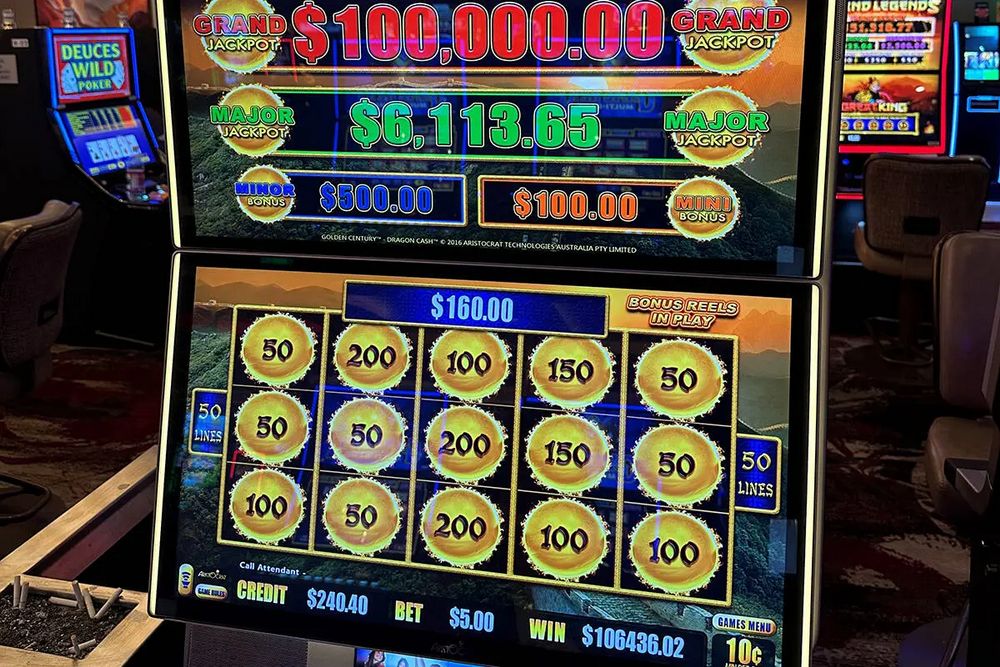The U.S. lottery business just hit a wall. After back-to-back record years fueled by Powerball and Mega Millions jackpots, lottery sales fell 5.6% in 2025 to $91 billion, with gross gaming revenue (GGR) down 8.3%. The biggest drag? Bloc Lotto sales cratered by $5.1 billion, a 41.2% nosedive, with 28 jurisdictions seeing more than 40% declines.
For decades, the playbook was simple: dangle nine-figure jackpots, and watch lines wrap around convenience stores. But the 2025 correction highlights a deeper shift in consumer behavior. Players aren’t chasing the same old dreams—they’re gravitating to non-traditional wagers and faster formats.

Take instant tickets: while the $5 category bled $562.8 million in sales, the $50 tickets grew 11.4%, adding $791.8 million in sales and $151.2 million in GGR. Premium scratch products are thriving because they offer immediate gratification and higher perceived value. Terminal-based innovations also surged: Fast Play up 6.6% ($93 million), Cash Pop and similar games up 15.6% ($109.6 million), and regional bloc lotteries soaring 51.9%.
The trend isn’t uniquely American. In Europe, operators from France’s FDJ to Camelot’s successor Allwyn have leaned hard into digital instant games and hybrid draw products. European data shows double-digit growth in app-based play and “second-chance” instant tickets, appealing to a younger, mobile-native base. The direction is clear: players want speed, novelty, and digital integration—not just the once-in-a-lifetime jackpot fantasy.

That’s why the looming “divorce” between Scientific Games and Walmart on distribution deals could sting. For years, Walmart’s footprint helped keep lottery tickets visible to mass-market consumers. If that channel weakens, lotteries risk losing casual traffic at precisely the moment they need to re-engage a drifting customer base. While c-stores remain critical, losing shelf space in the nation’s largest retailer sends the wrong signal about lottery’s relevance in the retail ecosystem.
The industry faces a fork in the road. Either it doubles down on legacy jackpot marketing—hoping lightning strikes twice—or it invests aggressively in diversified formats that mirror what’s working in Europe: high-value instant tickets, digital rollouts, and cross-vertical experiences that blend lottery with entertainment.
The 2025 numbers are a wake-up call. Americans are voting with their wallets, and the message is blunt: the lottery dream is too slow, too stale, and too thin compared to the immediacy of scratch, digital, and even sports betting. Without a bold pivot, lottery risk becoming yesterday’s game in tomorrow’s marketplace.
German+







































